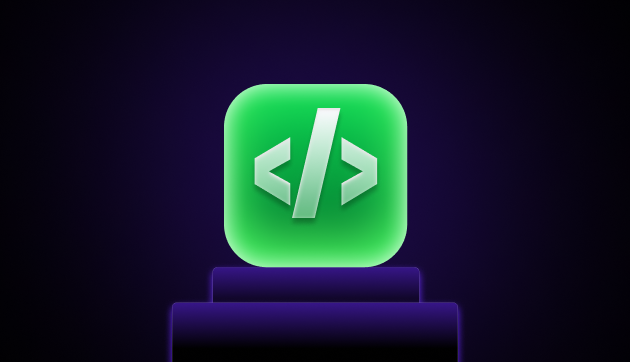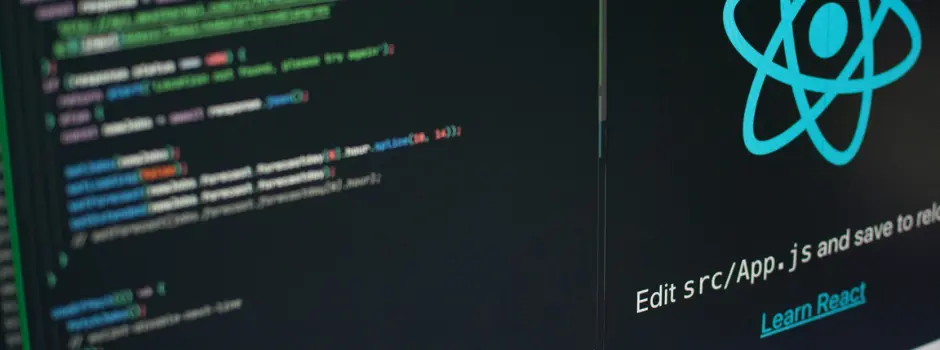
DSA for Full Stack Developers: JavaScript’s Importance
Sep 09, 2025 3 Min Read 2219 Views
(Last Updated)
As a MERN stack developer just starting your journey, you’ve asked a crucial question about mastering Data Structures and Algorithms (DSA) for interview success. Let me break down the JavaScript vs. other languages debate with practical insights tailored to your situation.
Table of contents
- Why JavaScript Makes Sense for Your DSA Journey
- Learning Efficiency
- Practical Application
- Interview Relevance
- Built-in Data Structures
- JavaScript DSA Example: Binary Search Implementation
- What About Other Languages?
- Python
- Java/C++
- Practical Approach for a MERN Developer
- JavaScript-Specific DSA Benefits
- Closures for Encapsulation
- Flexible Function Parameters
- Conclusion
Why JavaScript Makes Sense for Your DSA Journey

Since you’re learning the MERN stack (MongoDB, Express, React, Node.js), JavaScript is already your primary language. This creates several advantages for using JavaScript for DSA:
1. Learning Efficiency
Learning DSA concepts is challenging enough without adding the cognitive load of a new programming language. By using JavaScript, you can focus entirely on the algorithms and data structures rather than syntax.
2. Practical Application
You’ll be able to immediately apply DSA knowledge in your MERN projects. For example, when optimizing React components or writing efficient Node.js server code, you’ll leverage the same algorithmic thinking.
3. Interview Relevance
Many tech companies now allow candidates to choose their preferred language for coding interviews. As a JavaScript developer, you’ll be most fluent and confident in this language.
4. Built-in Data Structures
JavaScript offers several built-in data structures that align with common DSA concepts:
- Arrays (for implementing stacks, queues)
- Objects (for hash maps/dictionaries)
- Sets and Maps (for more specialized collection types)
JavaScript DSA Example: Binary Search Implementation

Here’s a binary search implementation in JavaScript that demonstrates the language’s clarity for algorithmic challenges:
| function binarySearch(arr, target) { let left = 0; let right = arr.length – 1; while (left <= right) { const mid = Math.floor((left + right) / 2); if (arr[mid] === target) { return mid; // Target found, return index } else if (arr[mid] < target) { left = mid + 1; // Search right half } else { right = mid – 1; // Search left half } } return -1; // Target not found } // Example usage const sortedArray = [2, 5, 8, 12, 16, 23, 38, 56, 72, 91]; console.log(binarySearch(sortedArray, 23)); // Output: 5 console.log(binarySearch(sortedArray, 25)); // Output: -1 |
What About Other Languages?
While JavaScript works well, some developers prefer other languages for DSA:
Python
- Pros: Even more concise syntax, rich standard library, excellent for algorithmic problems
- Cons: Not directly applicable to your MERN stack work
Java/C++
- Pros: Strong typing can prevent errors, more explicit memory management, classic choices for DSA
- Cons: Steeper learning curve, verbose syntax, not relevant to your current stack
Practical Approach for a MERN Developer

Here’s what I recommend for your situation:
- Start with JavaScript: Use your primary language to learn fundamental DSA concepts
- Focus on concepts, not language: The core principles of DSA transfer across languages
- Implement classic data structures: Build linked lists, trees, graphs, etc. in JavaScript
- Practice with coding challenges: Use platforms like LeetCode, HackerRank, and CodeSignal
- Later, explore another language: Once comfortable with DSA basics, learning Python as a second language can broaden your perspective
JavaScript-Specific DSA Benefits
JavaScript offers some unique advantages for DSA implementation:
Closures for Encapsulation
| function createStack() { const items = []; // Private variable return { push: (item) => items.push(item), pop: () => items.pop(), peek: () => items[items.length – 1], isEmpty: () => items.length === 0, size: () => items.length }; } const stack = createStack(); stack.push(10); stack.push(20); console.log(stack.peek()); // 20 console.log(stack.size()); // 2 |
Flexible Function Parameters
| function mergeSort(arr, compareFn = (a, b) => a – b) { if (arr.length <= 1) return arr; const mid = Math.floor(arr.length / 2); const left = mergeSort(arr.slice(0, mid), compareFn); const right = mergeSort(arr.slice(mid), compareFn); return merge(left, right, compareFn); } function merge(left, right, compareFn) { const result = []; let leftIndex = 0; let rightIndex = 0; while (leftIndex < left.length && rightIndex < right.length) { if (compareFn(left[leftIndex], right[rightIndex]) <= 0) { result.push(left[leftIndex]); leftIndex++; } else { result.push(right[rightIndex]); rightIndex++; } } return result.concat(left.slice(leftIndex)).concat(right.slice(rightIndex)); } // Sort numbers ascending console.log(mergeSort([5, 3, 8, 1, 2])); // Sort strings by length console.log(mergeSort([‘apple’, ‘pear’, ‘banana’, ‘kiwi’], (a, b) => a.length – b.length)); |
If you want to learn more about JavaScript DSA and how it enables developers to work seamlessly, consider enrolling in HCL GUVI’s IIT-M Pravartak-certified Full Stack Development Course that not only teaches you the basics but also makes you an experienced developer through hands-on projects guided by an actual mentor.
Conclusion
For a beginner MERN stack developer like yourself, JavaScript is the most practical choice for mastering DSA. It removes the barrier of learning a new language and allows you to directly apply concepts to your web development work. As you progress, the fundamental DSA knowledge you gain will be transferable to any language.
Focus on understanding the core principles of time complexity, space complexity, and algorithm design patterns. Practice implementing classic data structures and algorithms in JavaScript, and you’ll be well-prepared for technical interviews in the full-stack development realm.
Remember, the goal isn’t just to pass interviews but to become a better developer who can write efficient, optimized code. Start with JavaScript, master the concepts, and you’ll build a strong foundation for your development career.




































Did you enjoy this article?